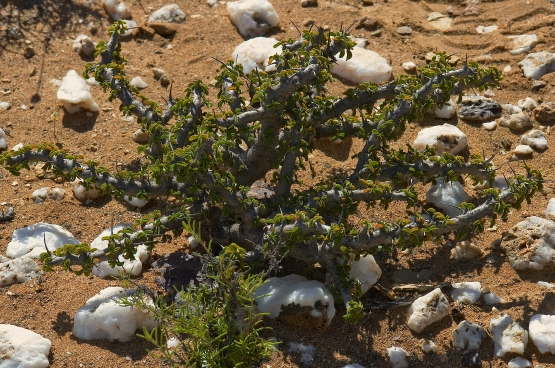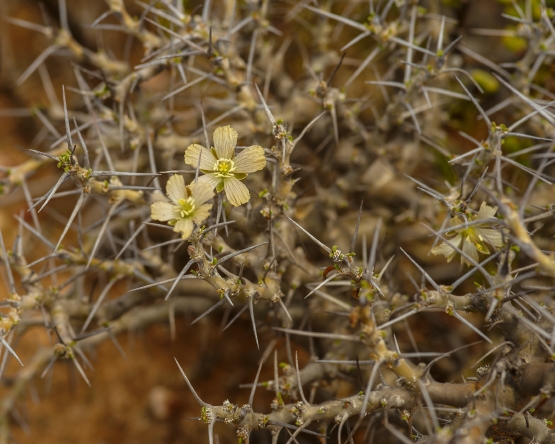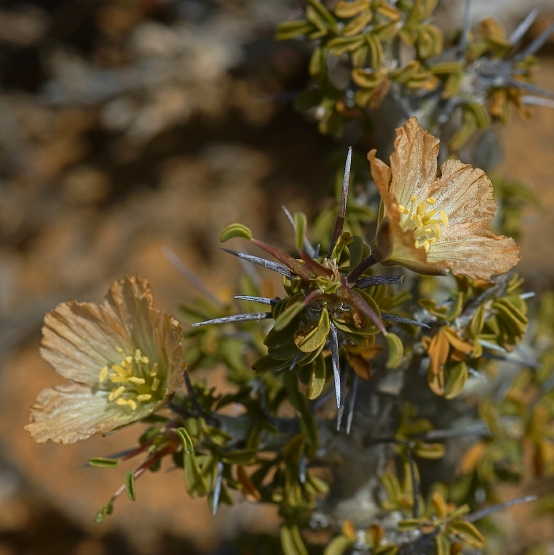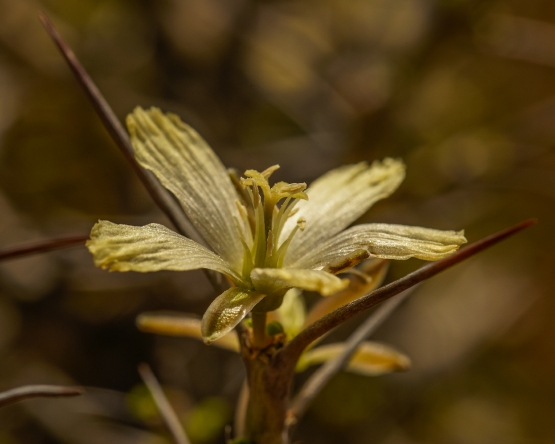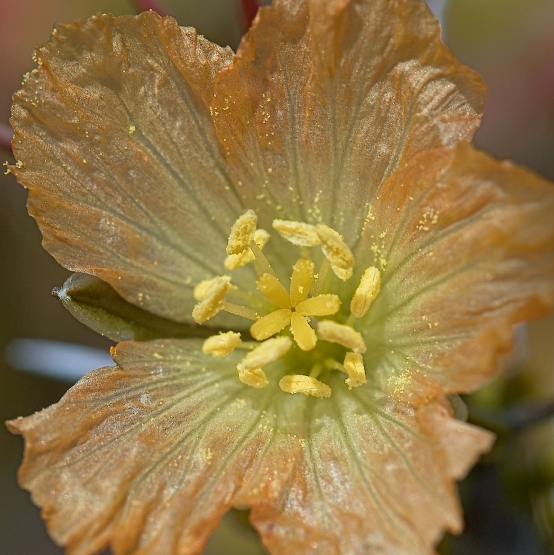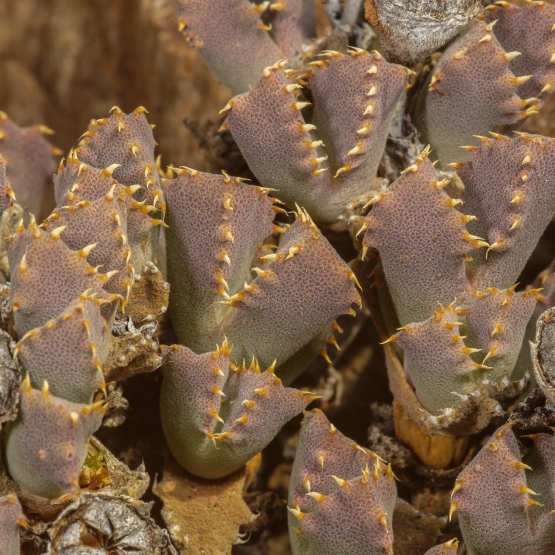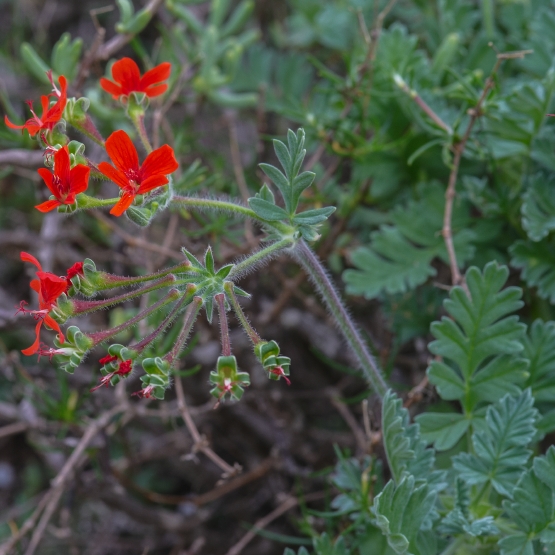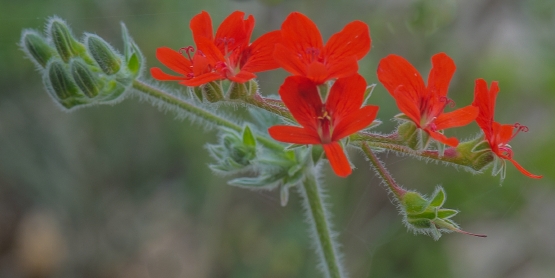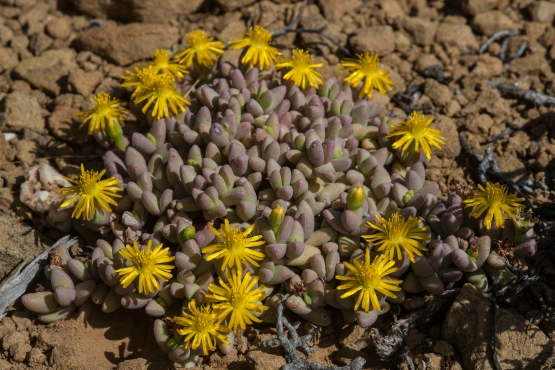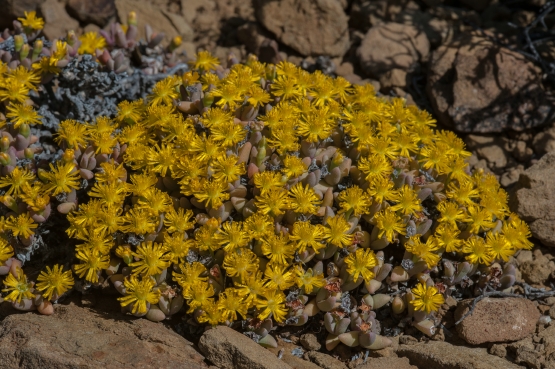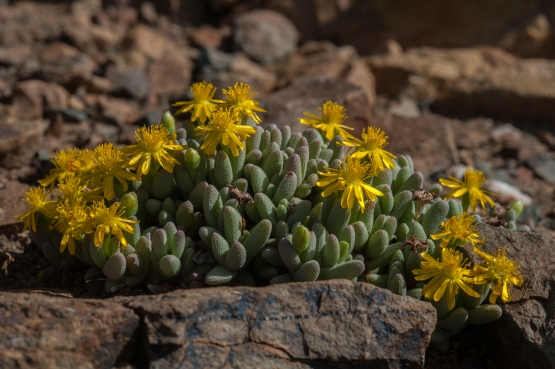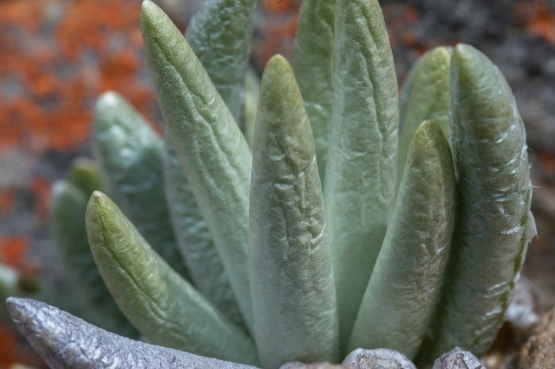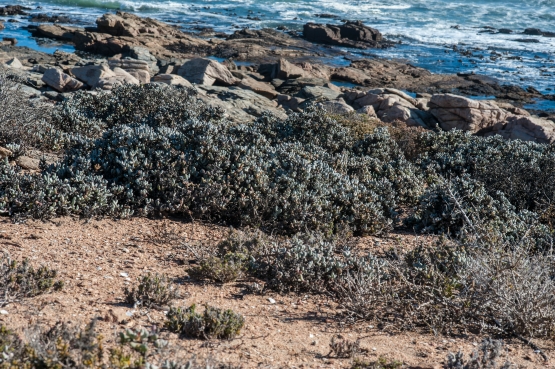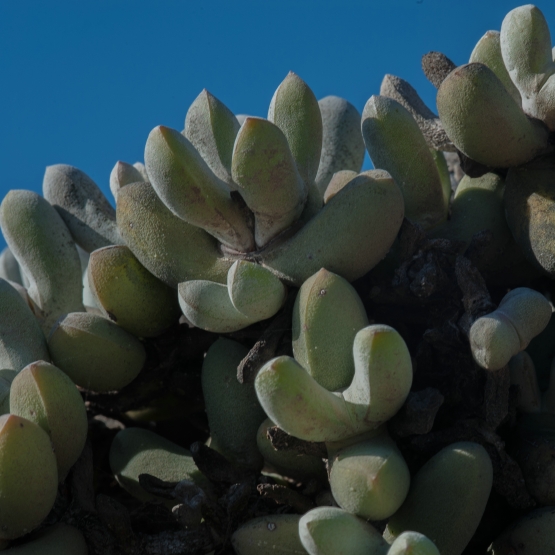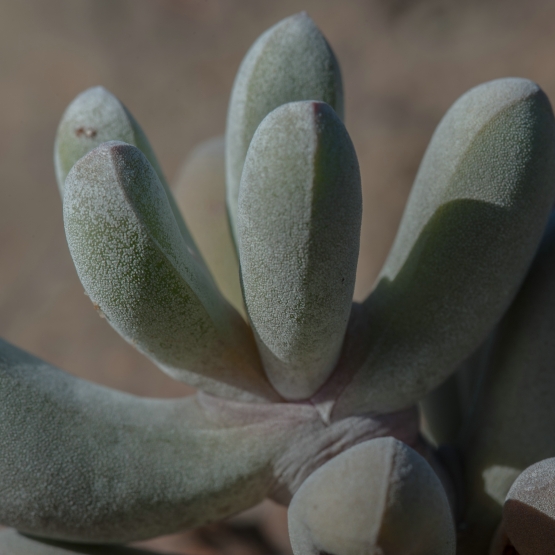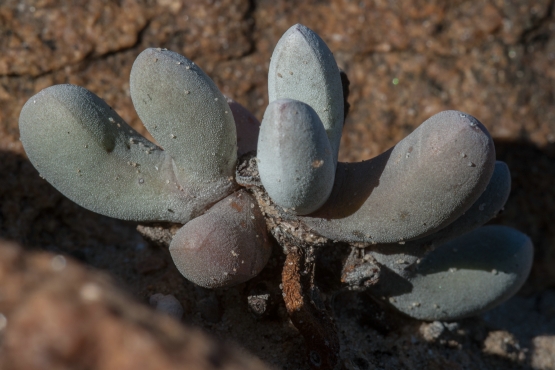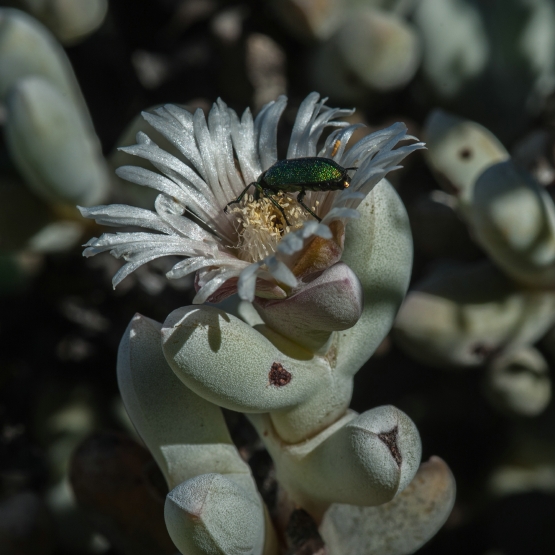With regard to what a cultivated succulent should look like, there are two extreme tendencies.
The supporters of the “natural” school of thought are of the opinion that a cultivated plant should look like its brothers and sisters in the wild as much as possible.
Those who support the “cultural” school of thought hold the view that a plant first of all should look “healthy”.
Personally I think it is best to steer a middle course.
Whatever method of cultivation one prefers, there are some signals that should not be ignored.
__ When the plant does not grow although it is in its growing period, the problem may be caused by root mealy bug or another pest. The remedy is to clean the roots and repot in fresh soil. If on the other hand the problem is caused by too little water, the remedy is to thoroughly soak the pot the plant is in.
__ Sometimes a plant is discoloured (red or brown instead of greenish). In a case like that the plant usually suffers from physiological stress: too hot, too cold, too much or too little water. The remedy should be simple: improve the growing conditions.
The cause may also be that for some reason the root system is not working properly, in which case repotting in fresh soil should help.
__ If the plant has a yellow instead of the usual greenish colour, this may be caused by a lack of certain minerals. The remedy is either feeding the plant or repotting it. The cause may also be a soil that is too alkaline in which case repotting should do the trick as well.
__ When the stems are too thin and lanky, or the distances between the leaves are too great, the plant gets too little light and or/too much water and/or food. The remedy should be clear.
__ Yellow leaves or leaves with brown edges may point at a lack of certain minerals. Repotting or feeding will take away the cause of the problem. One should however be careful here, because the signs may also herald the start of the resting period, in which case one should gradually stop watering.
A few general tips to round off this short series of posts:
** Most succulents dislike stagnant air
** Many plants will flower only after a period of rest
** Try to keep the temperature in summer below 40 degrees C.
** Relax: most plants are quite tolerant of deviations from the optimum conditions.

